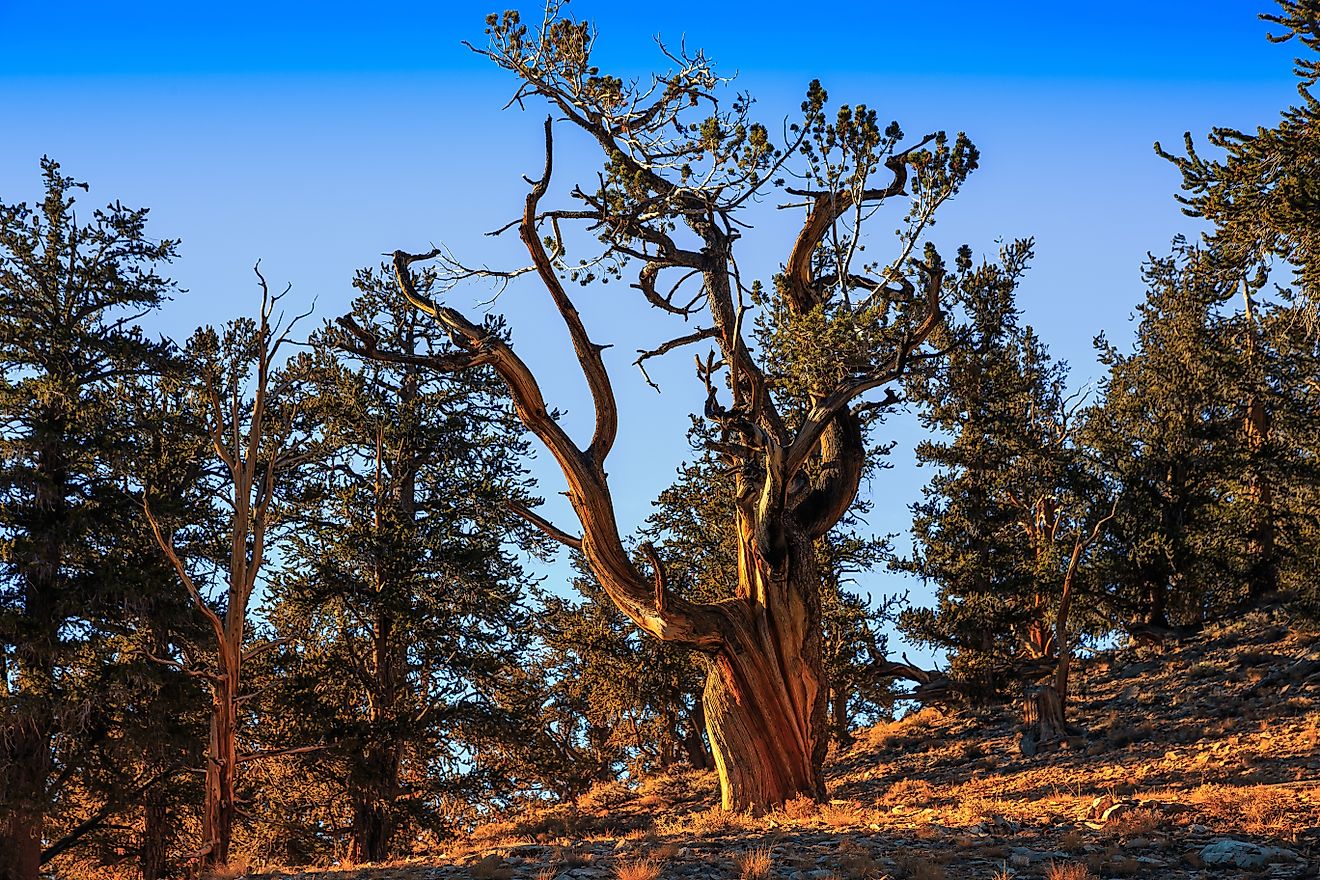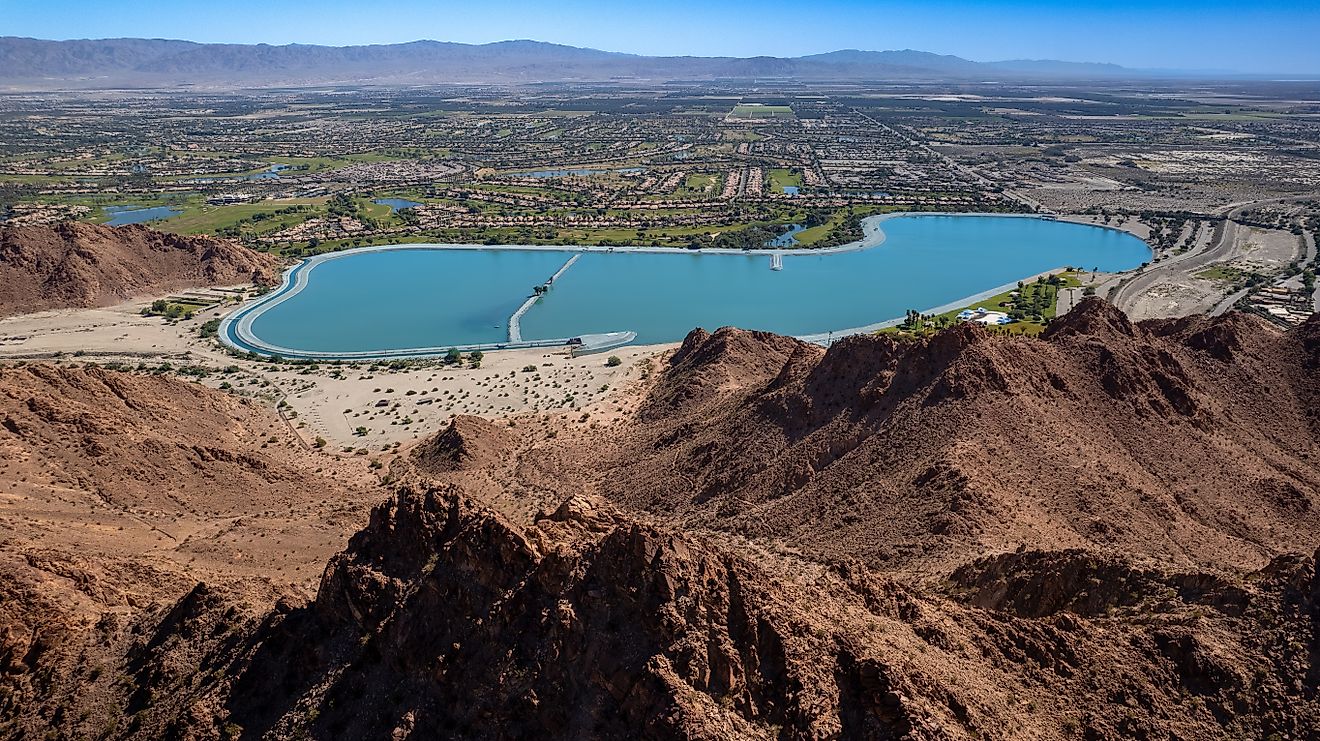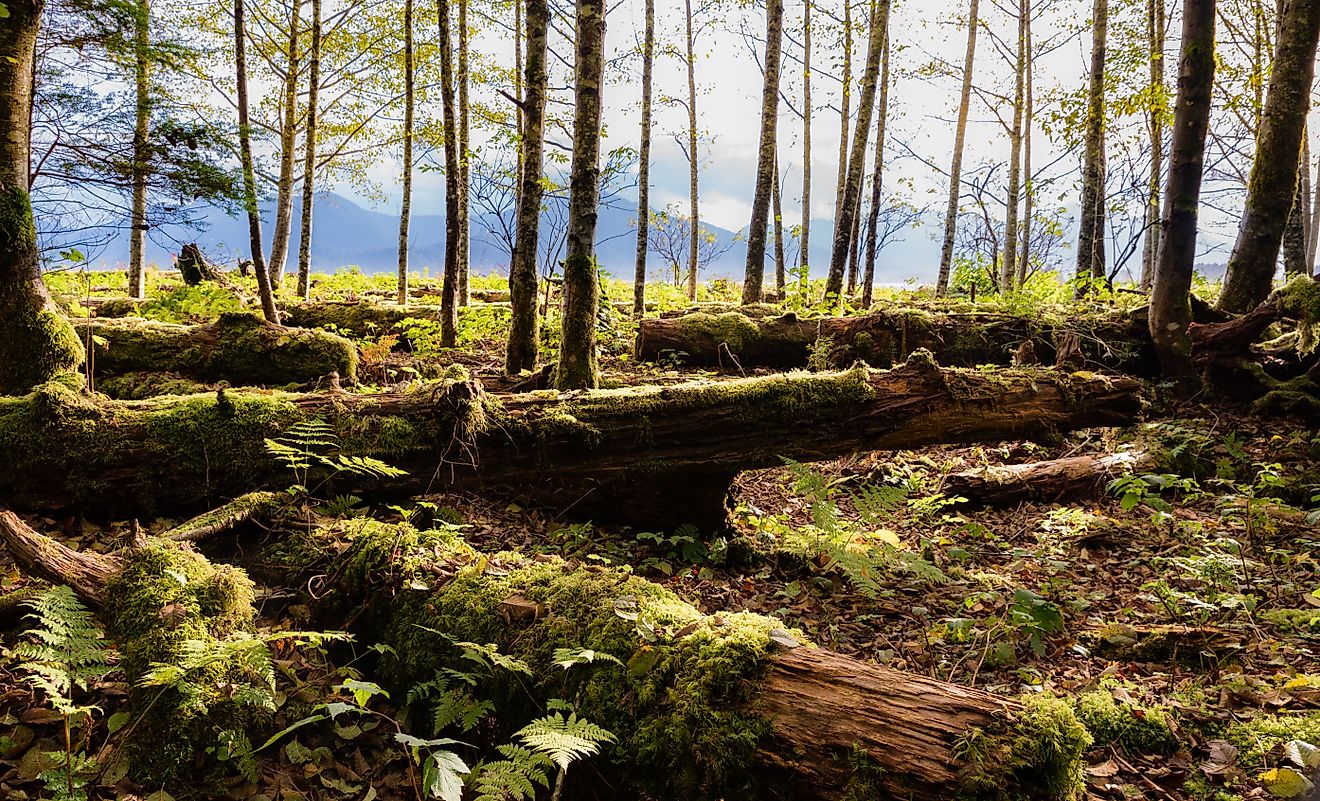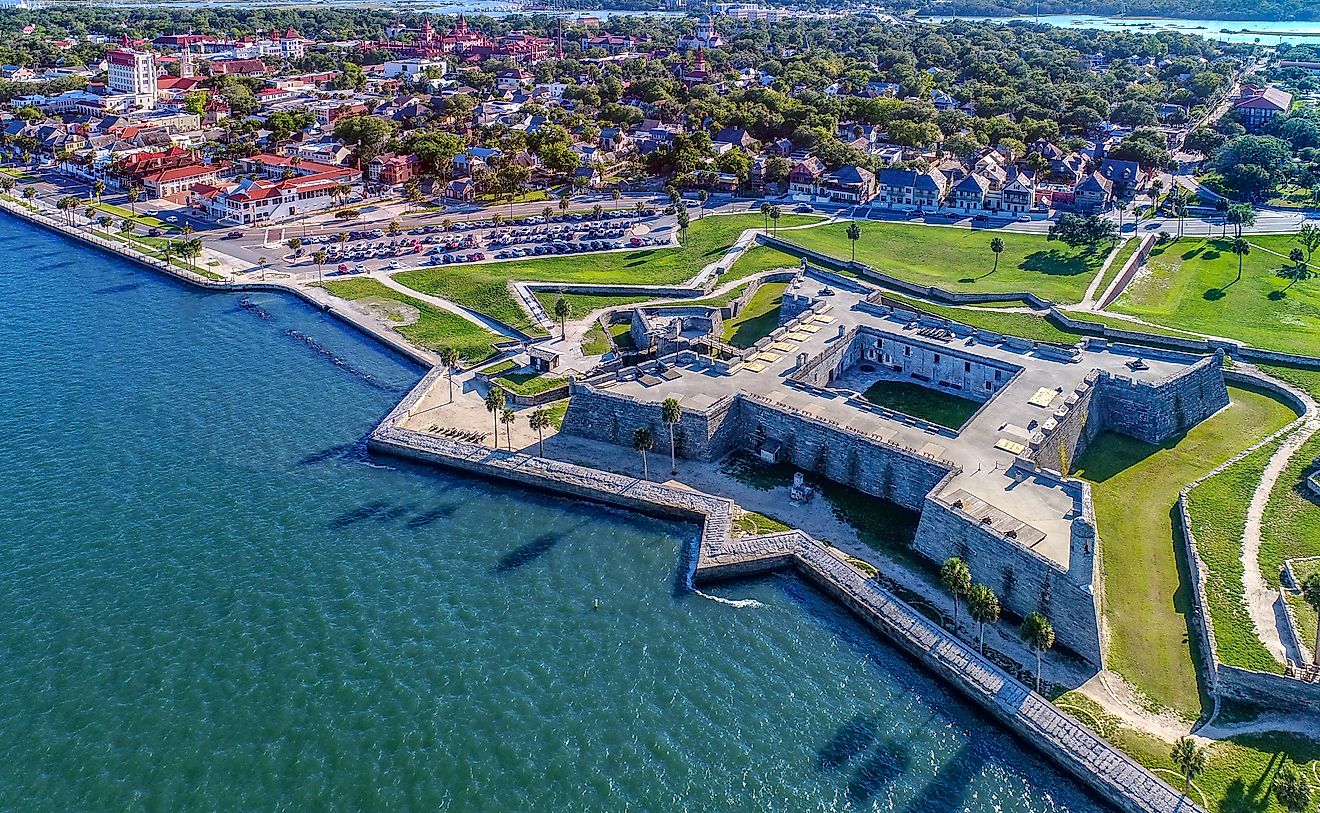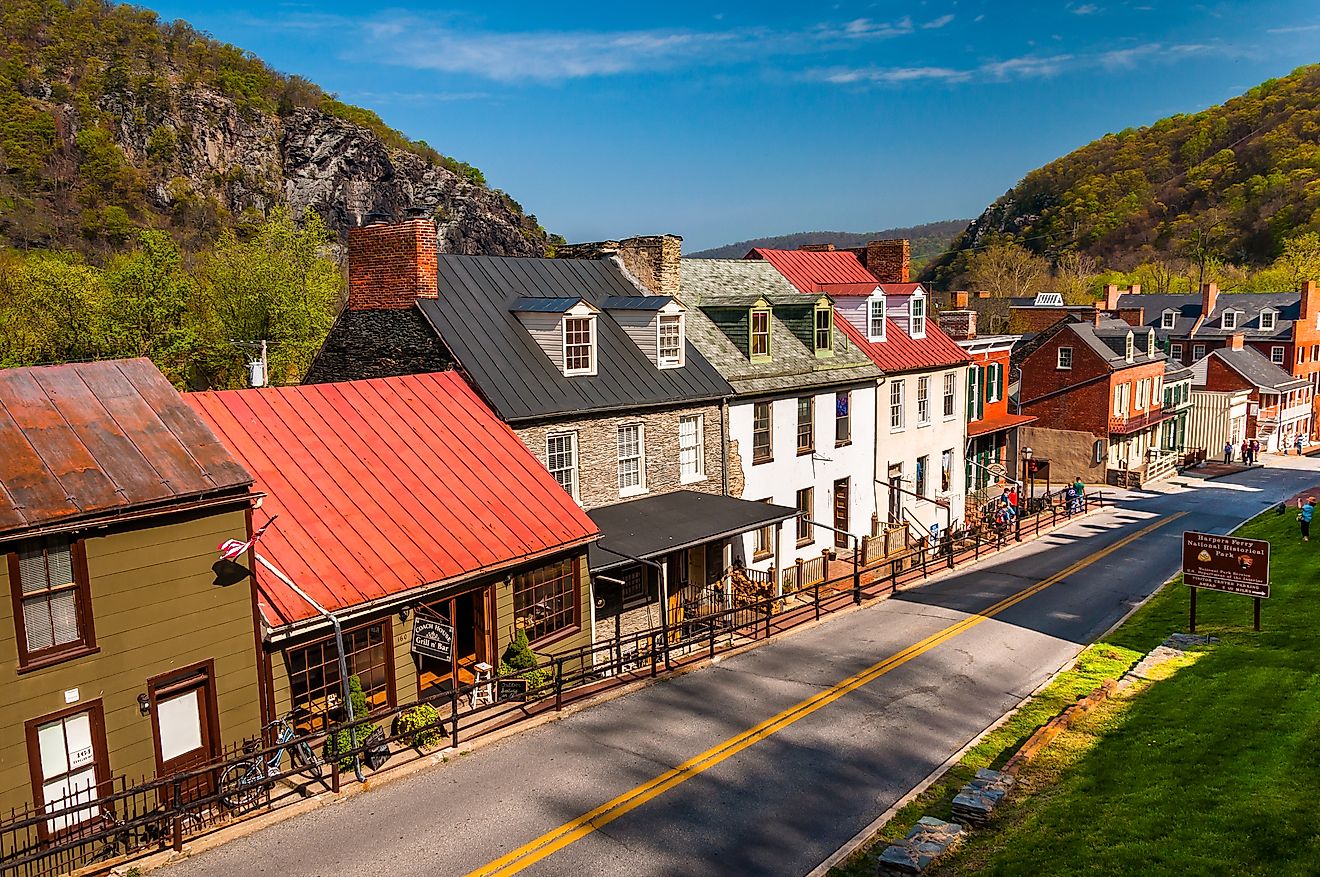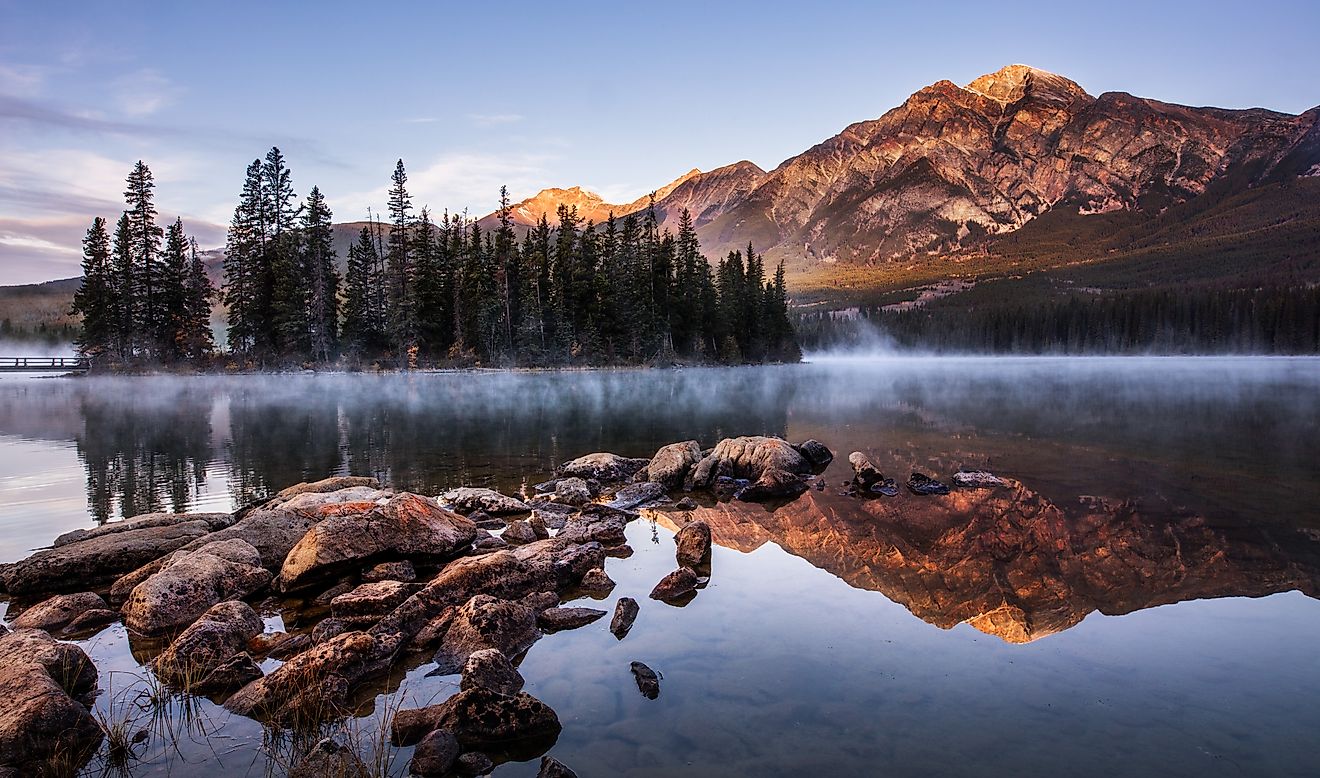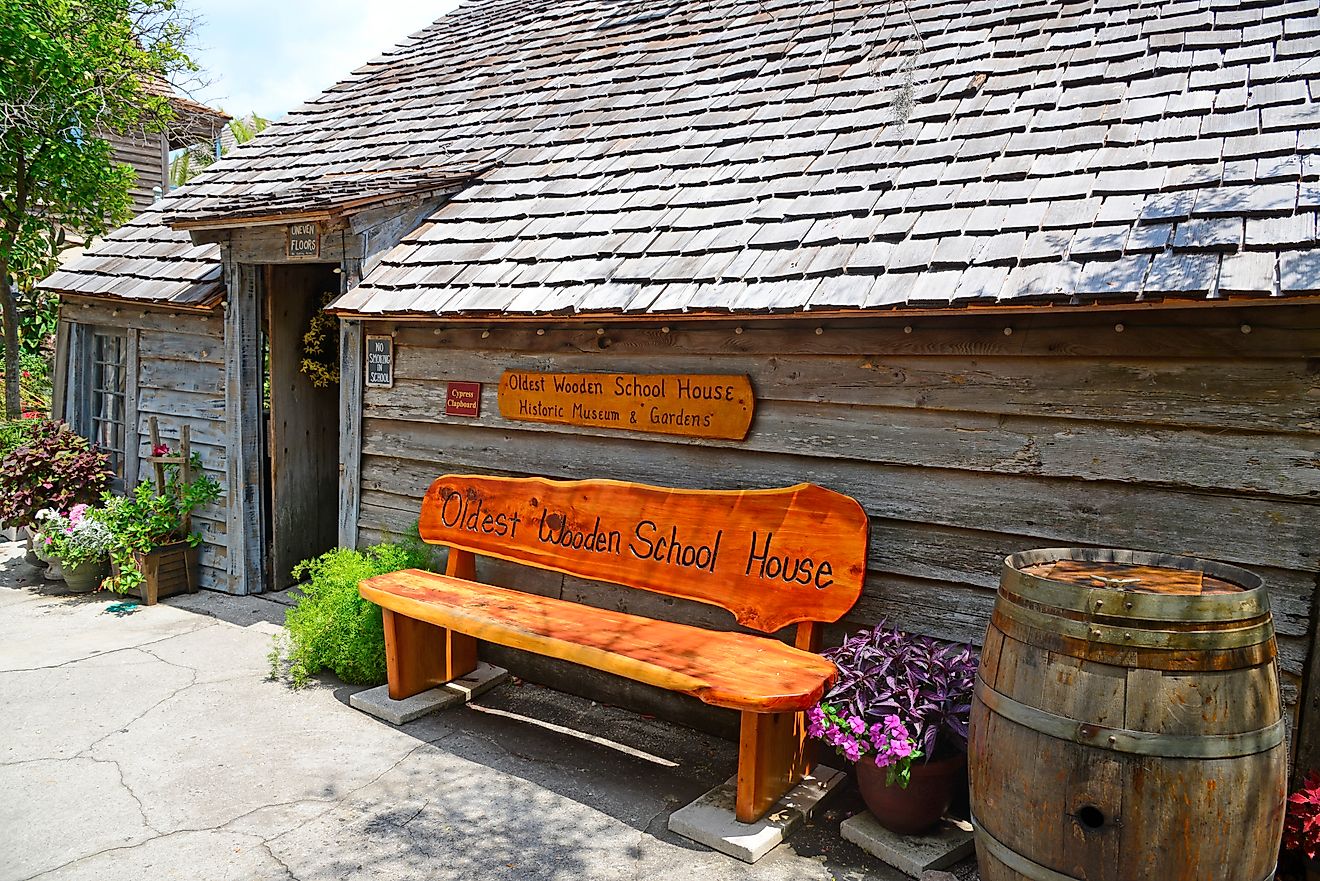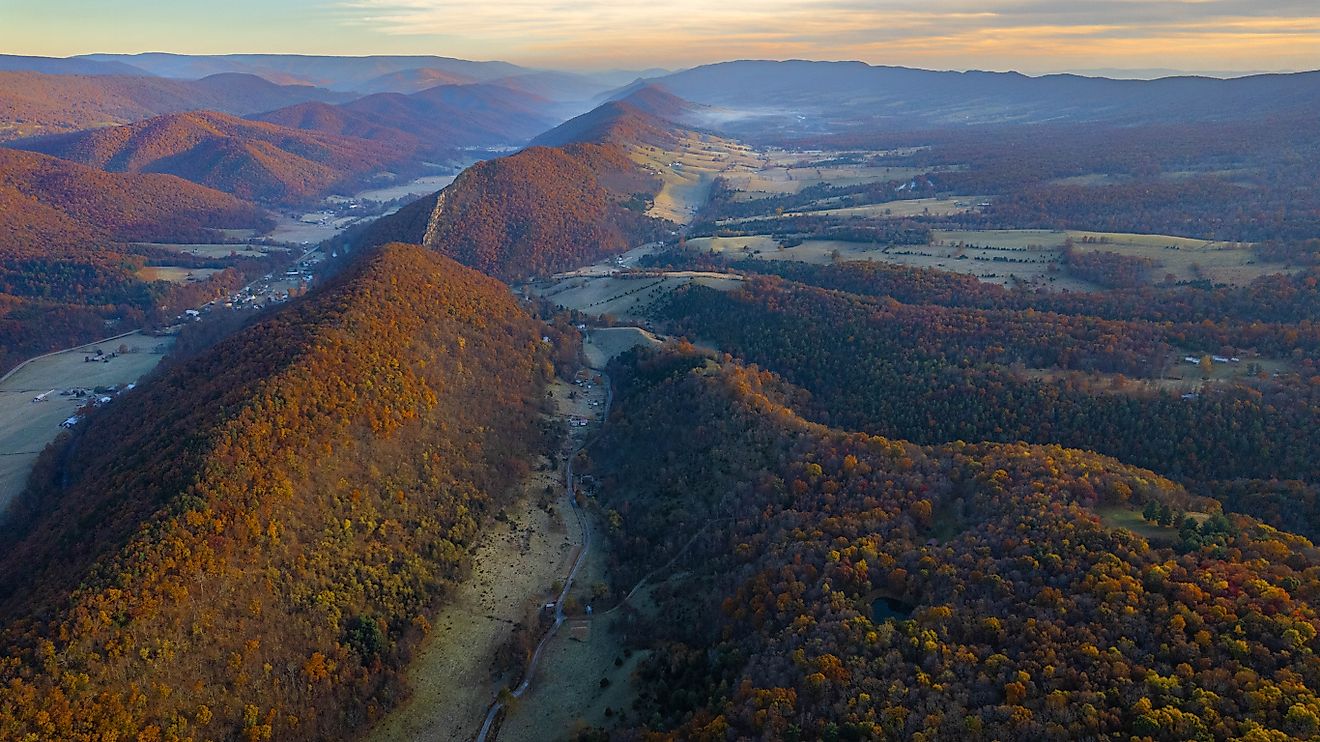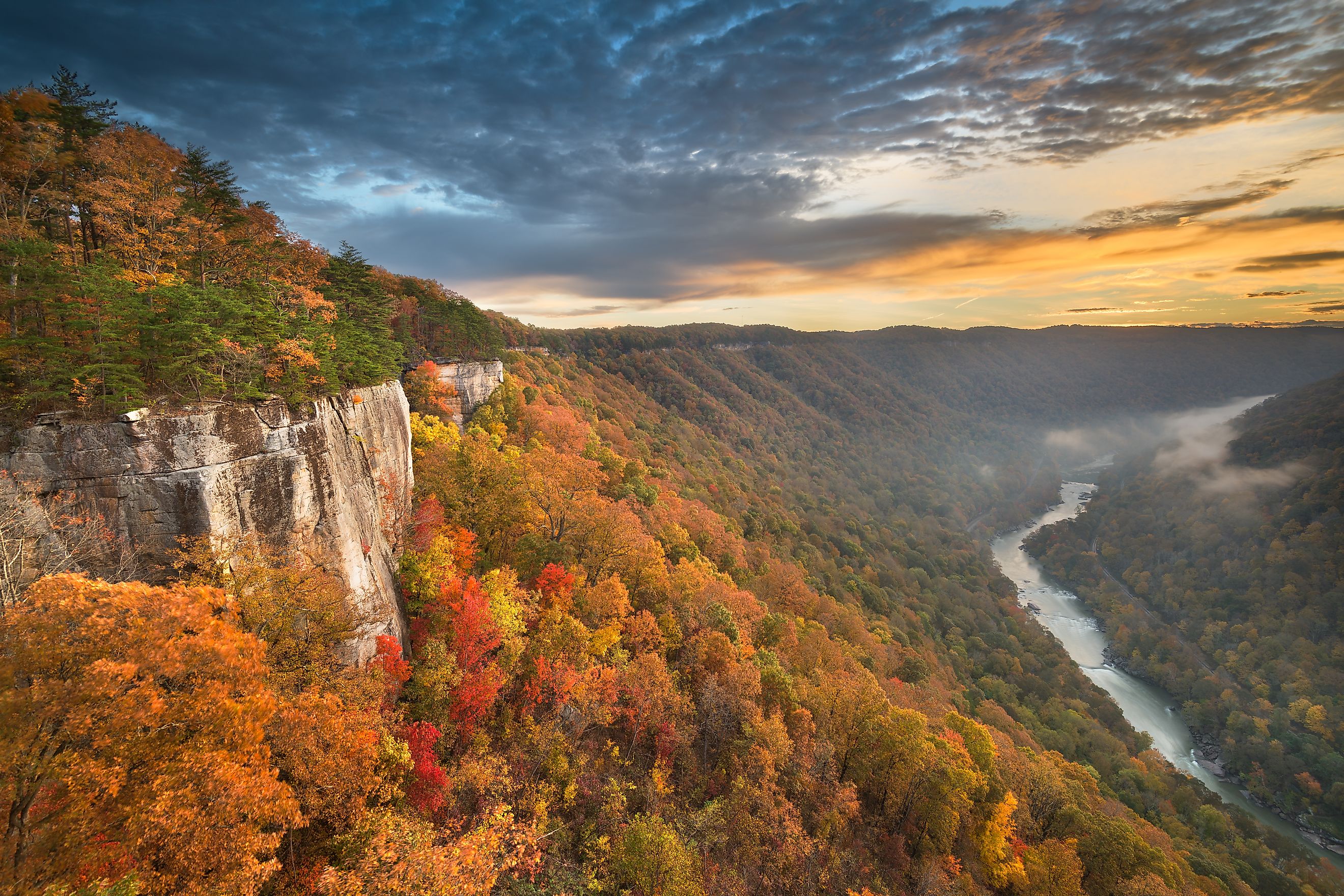
The Oldest Rivers in The US
Rivers are often seen as symbols of life, change, and movement, but some rivers in the United States have been carving their paths for hundreds of millions of years, long before dinosaurs roamed the Earth. These ancient waterways have witnessed the rise and fall of mountains, the drift of continents, and the evolution of countless species. Explore the top six oldest rivers in the US, each a testament to nature's enduring power.
New River
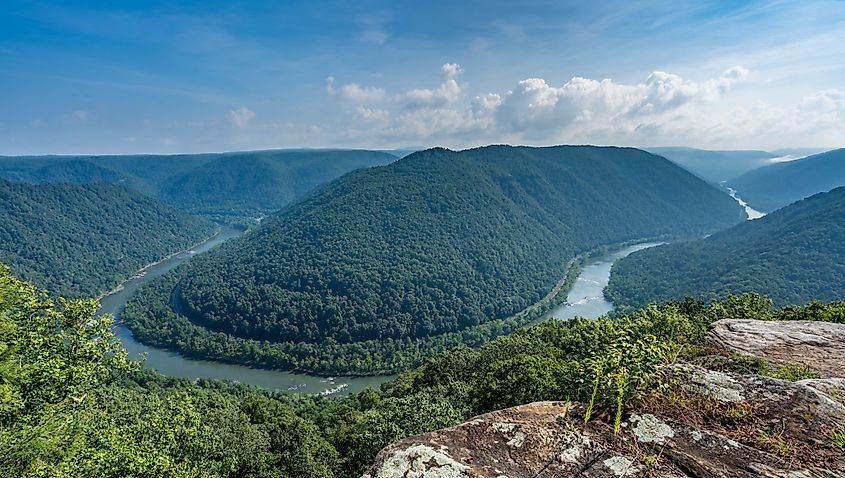
-
Estimated Age: 260-325 million years
-
Location: North Carolina, Virginia, West Virginia
Despite its name, the New River is one of the oldest rivers not only in North America but possibly the entire world. Flowing through the Appalachian Mountains, this river predates the mountains themselves, meaning it continued cutting its path even as the peaks rose around it. Its ancient origins are part of what gives the New River its distinctive, meandering course. Today, the New River Gorge in West Virginia is famous for its breathtaking cliffs, whitewater rafting, and the iconic New River Gorge Bridge.
French Broad River
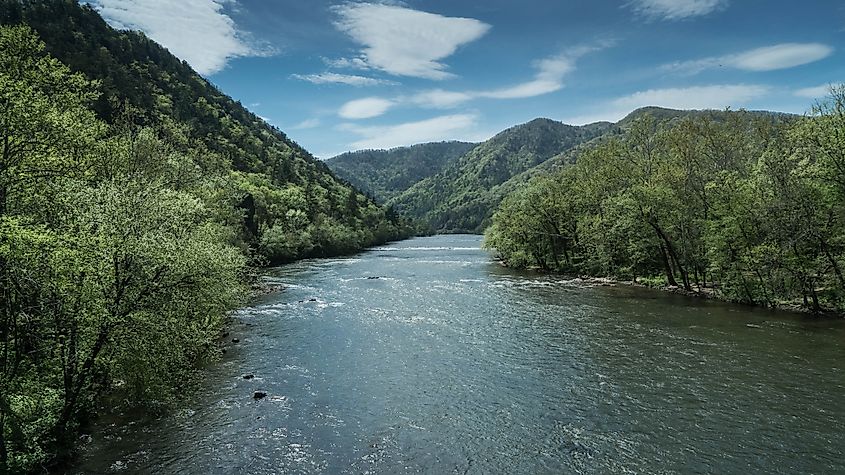
-
Estimated Age: 260-300 million years
-
Location: North Carolina, Tennessee
Flowing through the Blue Ridge Mountains, the French Broad River is often mentioned alongside the New River as one of the oldest rivers in the world. Like the New, it predates the Appalachian uplift. The river's name dates back to early European settlers who distinguished it from other nearby rivers by noting it flowed toward lands claimed by France. Today, the French Broad River offers scenic paddling routes and winds through vibrant towns like Asheville, North Carolina.
Susquehanna River

-
Estimated Age: 260-300 million years
-
Location: New York, Pennsylvania, Maryland
The mighty Susquehanna River has carved its way through the Appalachian Mountains for hundreds of millions of years. Its broad, winding course follows ancient valleys and lowlands formed by prehistoric geological forces. The Susquehanna is one of the longest rivers on the East Coast and is notable for being one of the oldest continuously flowing rivers in North America. It played a critical role in early Native American trade and European settlement and continues to supply water and recreational opportunities to millions today.
Tennessee River
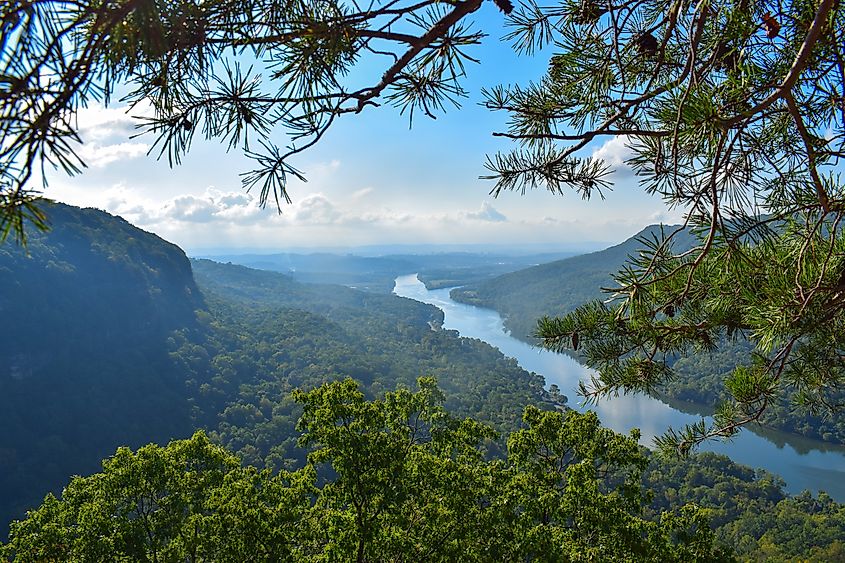
-
Estimated Age: 250-300 million years
-
Location: Tennessee, Alabama, Mississippi, Kentucky
The Tennessee River, which flows through four states, has ancient roots tied to the formation of the Appalachian Mountains. Over millions of years, it has etched a path through rugged landscapes and fertile valleys. The river has long served as a transportation corridor, a source of hydroelectric power, and a linchpin for biodiversity in the southeastern US. Its winding route hints at its lengthy geological history.
Green River
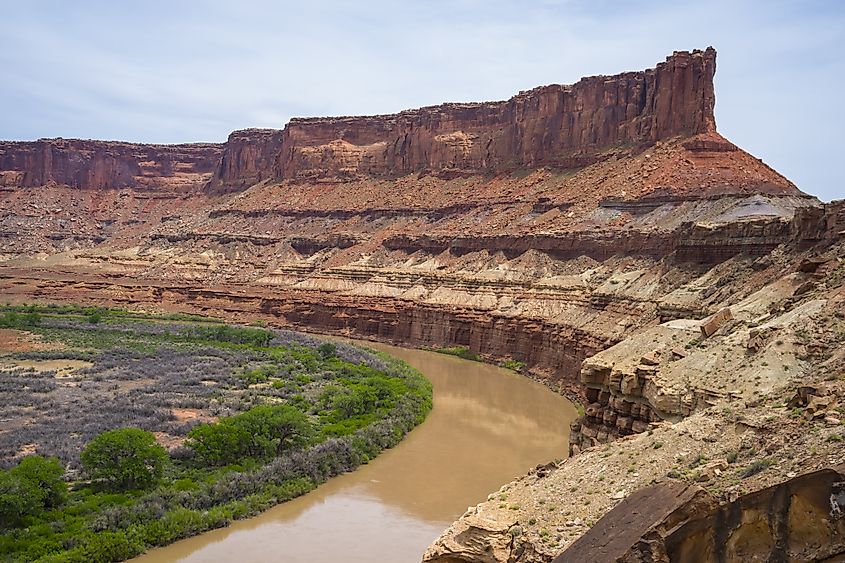
-
Estimated Age: 320-350 million years
-
Location: Wyoming, Colorado, Utah
The Green River, a major tributary of the Colorado River, has a deep history written into the very rock it cuts through. Flowing through the stunning landscapes of the Colorado Plateau, including Dinosaur National Monument and Canyonlands National Park, the Green River reveals layers of rock that date back hundreds of millions of years. Its formation likely began before the rise of the Rocky Mountains, making it one of the most ancient rivers in the western US.
Colorado River
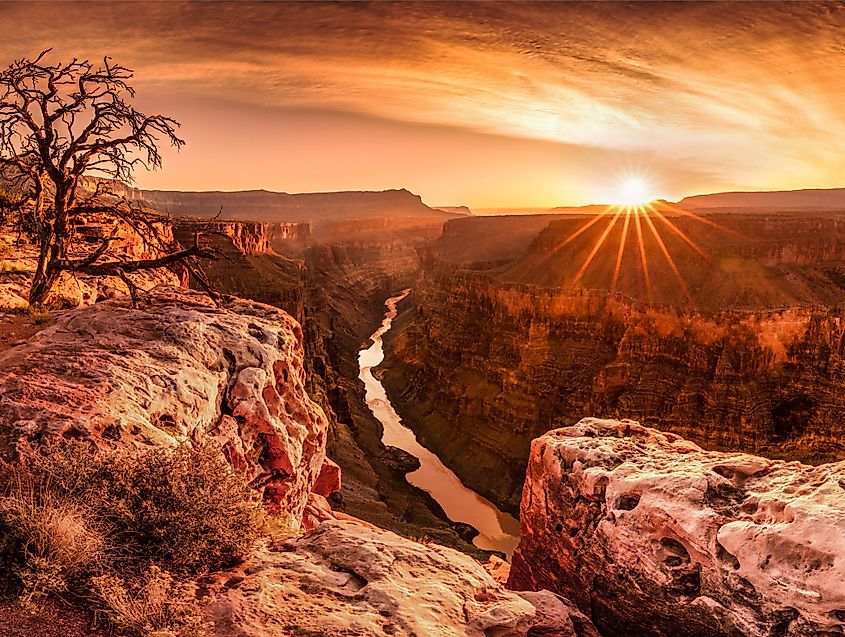
-
Estimated Age: 70-80 million years (with segments possibly older)
-
Location: Colorado, Utah, Arizona, Nevada, California
Though younger than the rivers of the East, parts of the Colorado River system have ancient roots, especially tributaries like the Green River. The Colorado River itself has been integral to shaping the Grand Canyon over millions of years. Its sheer power and the monumental landscapes it has created tell the story of a waterway with a dynamic and fascinating past. In the broader geological context, segments of its drainage pattern could date back far earlier than the unified river we know today.
Why These Ancient Rivers Matter
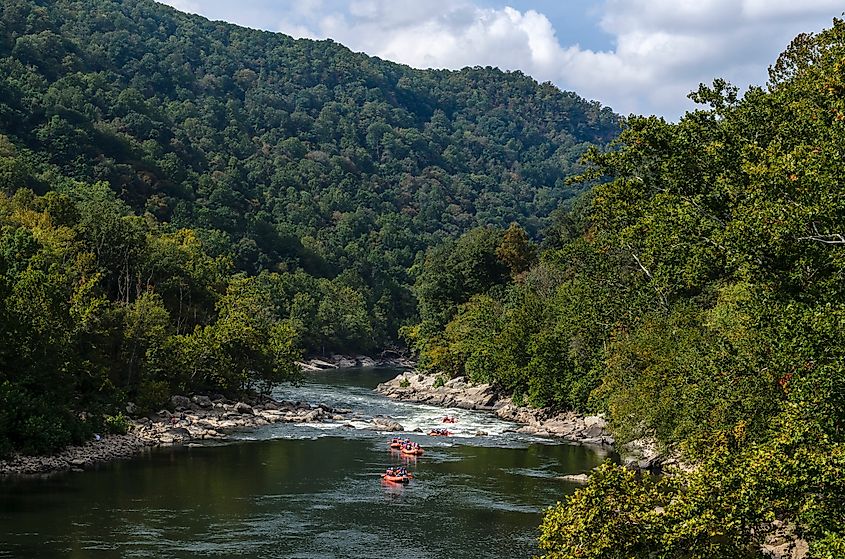
Understanding the age of these rivers isn't just an academic exercise. These waterways have influenced ecosystems, shaped human civilizations, and contributed to the geographical makeup of North America.
-
Biodiversity: Ancient rivers are often hotspots for unique ecosystems and rare species that evolved alongside the rivers.
-
Cultural Significance: Indigenous peoples depended on these rivers for sustenance, travel, and spiritual practices.
-
Geological Records: River valleys and gorges expose rock layers and fossils that provide clues to Earth's deep past.
-
Modern Use: Today, these rivers continue to be vital sources of water, energy, and recreation for millions of Americans.
America’s Oldest Rivers at a Glance
| River | Estimated Age | States Flowing Through |
|---|---|---|
| New River | 260-325 million years | NC, VA, WV |
| French Broad River | 260-300 million years | NC, TN |
| Susquehanna River | 260-300 million years | NY, PA, MD |
| Tennessee River | 250-300 million years | TN, AL, MS, KY |
| Green River | 320-350 million years | WY, CO, UT |
| Colorado River | 70-80 million years (older tributaries) | CO, UT, AZ, NV, CA |
Flowing Through Time
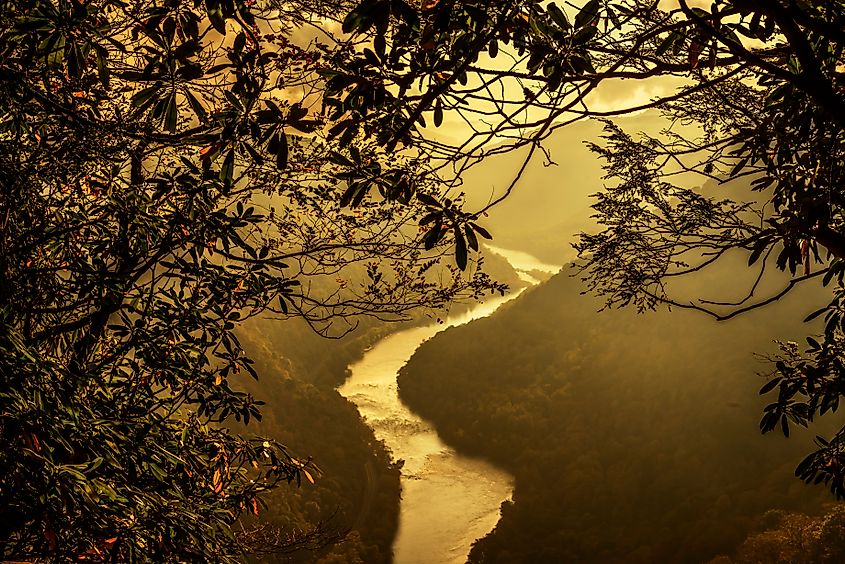
These ancient rivers are not just water features; they are living monuments to Earth's deep history. Their winding courses, majestic valleys, and enduring flows offer more than just natural beauty—they tell stories that stretch back to a time when the Earth was young. Whether you're standing on the banks of the New River or rafting through the canyons carved by the Colorado, you're connecting with a part of Earth's ancient soul.
So next time you gaze across a river's expanse, consider the millions of years that may lie beneath its surface—a reminder of nature's incredible power and resilience.
Common Questions About America’s Oldest Rivers
What is the oldest river in the US?
The New River is often cited as the oldest, with estimates ranging from 260 to over 300 million years old.
Are there older rivers elsewhere in the world?
Yes, the Nile River in Africa and the Finke River in Australia are also contenders for the world's oldest rivers.
Why do some rivers have such winding paths?
Rivers that predate mountain ranges often retain their original course, carving through rising terrain instead of rerouting around it.
Do ancient rivers still change today?
Absolutely. Rivers are dynamic systems, constantly eroding, depositing, and shifting their courses over time.
Can you visit all of these rivers?
Yes! Many of these ancient rivers are protected by parks and are popular for activities like hiking, kayaking, fishing, and sightseeing.
